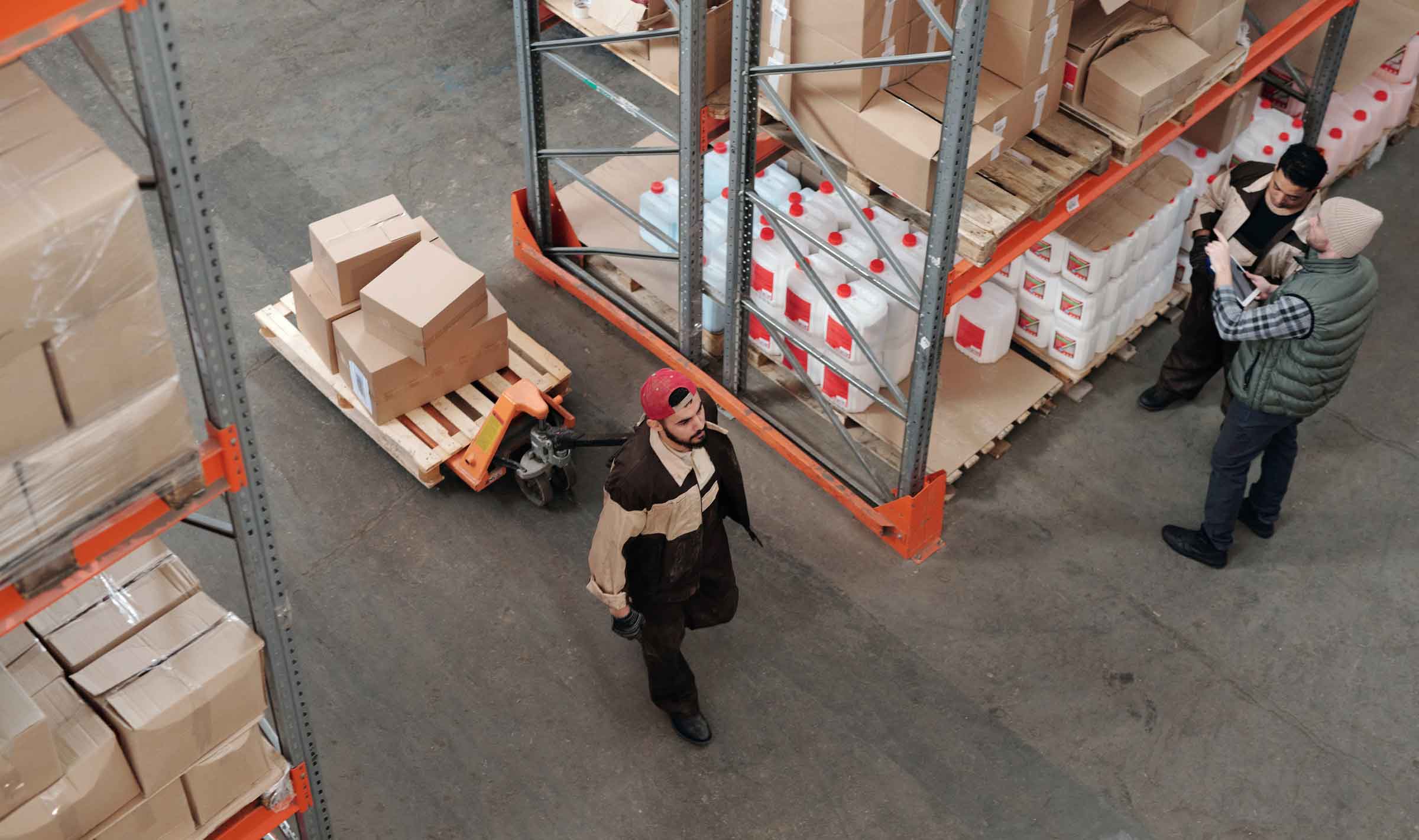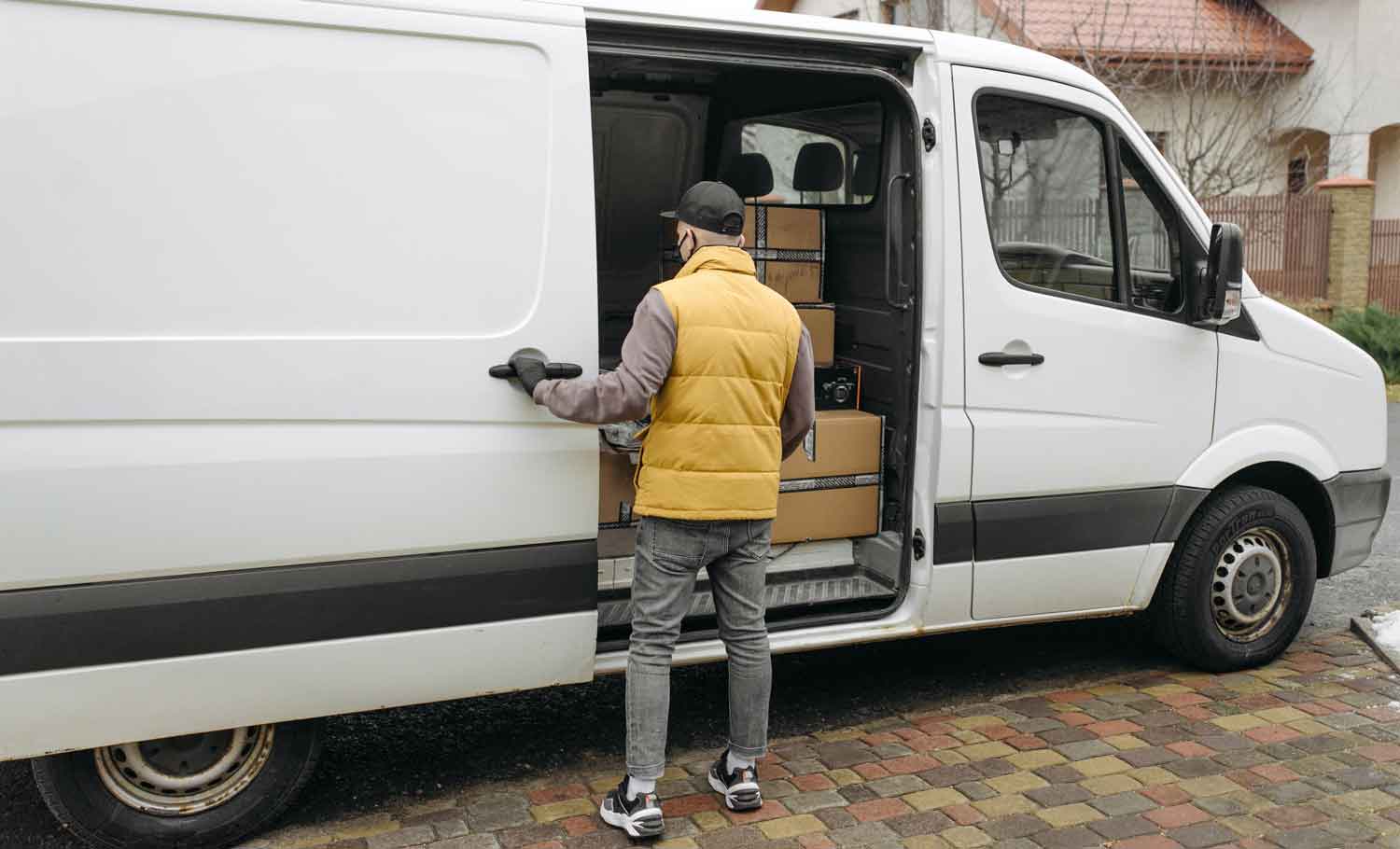How to Master Delivery Management
5 min read

If your delivery management is less than ideal, improving it could lead to more on-time packages and increased revenue—something any business would be love to see. However, there is only so much delivery service providers can do when working manually. That’s where software comes in.
With the right delivery management software, you can streamline your delivery management processes and reap the time-based and monetary rewards that come with an optimized business.
Delivery management is simple when you use the right software—OptimoRoute.
Jump to the section that interests you most:
- What Is Delivery Management?
- 4 Components of Delivery Management
- 3 Benefits of Successful Delivery Management
- How to Streamline Delivery Management With OptimoRoute
What Is Delivery Management?

Delivery Management, sometimes called fleet management or dispatching, is a type of project management where the goal is getting products from one location to the next both on time and without damage.
Small business delivery services usually have a person called a delivery manager who keeps track of delivery processes. They’re also the point of contact between the warehouse or business and the end customer. However, larger companies have a single fleet manager responsible only for delivery operations, solving delays, and completing orders.
This position is vital for delivery businesses because, without it, many are not as effective or organized. A fleet manager helps streamline delivery, allowing the business to scale or get their existing deliveries to their customers on time. Effective delivery management is composed of several parts that, if done correctly, lead to income-increasing benefits for the business.
4 Components of Delivery Management
Delivery management is comprised of four main tasks, all of which must be done successfully if companies wish to see good results and better process efficiency.
1) Route planning & optimization
Route planning is organizing deliveries and directing trucks on which deliveries to make, in what order. Route optimizing makes this as efficient as possible by minimizing the allocation of resources including gas used and time between stops.
While this can be done manually, it won’t lead to an optimized schedule. That’s because optimization takes into account many factors like delivery windows, driver hours, geofencing limitations, package priority, traffic, break times, and potential delays.
2) Driver scheduling
Driver scheduling makes sure each team member has a truck for the day and a route to drive. This means managing and organizing a list of drivers and their availability. Then, matching the route to the truck based on metrics like the skill of the driver and estimated route complexity. To perfect driver scheduling, you must understand both individual limitations (when the driver can work) and overall limitations (laws regarding work hours and company requirements.)
3) Dispatching
Dispatching, also called dispatch management, involves communicating with the drivers daily to make sure they know what route they’re driving as well as what packages they should take with them. In addition, dispatchers often solve delays that come up at the last minute while drivers are already out.
Many small companies do this 100% by hand through calling, emailing, and texting drivers and customers. However, large and scaling companies can’t keep up this level of communication due to the number of drivers and deliveries. Large-scale dispatching can be done by automated software that frees fleet managers to take care of more vital tasks.
4) Vehicle tracking
When you track your vehicles with a vehicle tracking system, you have a better understanding of how your resources are allocated. And you gain an understanding of who’s on time, what deliveries might be delayed, and what drivers need more training. Knowing where your drivers are also allows for on-the-go changes should a same-day delivery or last-minute pickup be needed.
3 Benefits of Successful Delivery Management
See the results you can expect from incorporating delivery management in your fleet’s operations.
1) Complete more deliveries
If your routes are optimized, you can take on more deliveries—increasing your bottom line. Conversely, routes that haven’t been optimized take longer between each delivery, allowing for fewer per truck. Accounting for factors like consumer expectations, traffic, and last-minute additions and incorporating time tracking for your drivers will help you achieve successful delivery management and complete more deliveries.
2) Save on time & fuel
The goal of last-mile delivery is to get the product to your customer’s door as efficiently as possible through optimized delivery management. That includes reducing the time and fuel needed to get the product to its destination. And getting the product to the customer faster is good for the business too. If you drive fewer miles, you won’t spend as much on gas and are more efficient. In addition, you’ll see time savings—further improving your bottom line.
3) Improve delivery accuracy
Optimize your routes to gain a clearer picture of when packages will be delivered and increase delivery accuracy. Successful delivery management considers traffic, worker schedules, required breaks, and possible delays that could arise during the route.
How to Streamline Delivery Management With OptimoRoute
OptimoRoute is your automatic delivery management system and helps you optimize your routing and scheduling.
1) Import orders and driver schedules
Import all important factors into OptimoRoute’s software, including deliveries, delivery requirements, driver schedules, driver areas, and geofencing. With OptimoRoute, you can compare these imported scheduled and orders with truck capacity. In addition, you can include important delivery details like hours open for delivery or instructions (like getting past a gate.)
2) Automatically plan optimized delivery routes
After you’ve added all the details, it’s as easy as hitting a button for automated route optimization. Then, plan which drivers will drive what routes, keeping in mind skill level and route complexity. You have the option to leave space for last-minute deliveries or pickups or account for different starting and ending locations. With OptimoRoute, you can plan your schedule weeks in advance to make sure you have accurate driver and truck capacity.
3) Track drivers
Track where your truck drivers are at any point during the day to keep accurate delivery estimates or add last-minute stops to their schedules. Called Live Tracking and ETA, our software shows you where your driver is and the expected arrival time at their next destination — allowing you to have a better oversight of your operations.
4) Automate Proof of Delivery
Collect Proof of Delivery directly through our Driver Mobile App allowing your field crews to use their own mobile device for navigation and delivery recording purposes all in one device. Proof of Delivery allows to you to keep detailed records in case something happens after your worker leaves.
Optimize your delivery management to see increased revenue with OptimoRoute—start your thirty-day free trial today!
Try OptimoRoute™ for Free
No installation or credit card required


